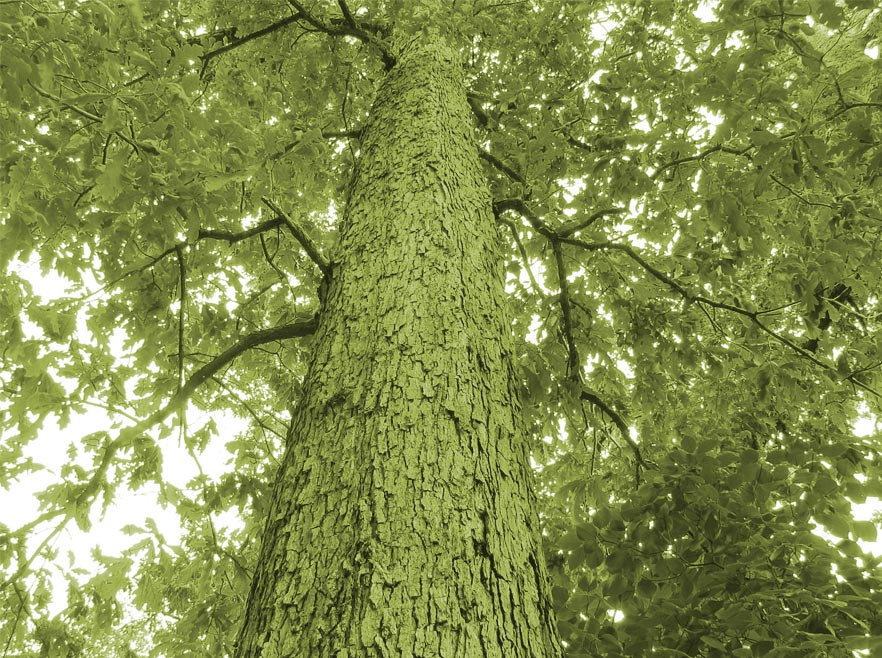Unfortunately, widespread tropical rainforest deforestation has tainted the views of many regarding the utilization of N. American hardwood lumber. When considering logging and the environment, it’s important to note that properly managed hardwood stands generate high-value harvests for landowners. Moreover, they enhance wildlife habitat, regeneration, and the forest’s carbon capacity.
Forest management
Balancing financial return and ecological health requires harvesting only high-value, mature trees, considering both logging and the broader environment. This practice supports both the economic and environmental aspects of logging.
Harvesting High-Value Timber
It is commonly the case in forest management that 80% of the value lies in 20% or fewer of the trees. So, it makes no sense to harvest trees before they are mature and at their highest value as timber. Our logging crews employ directional felling to minimize damage to residual trees, aligning with the principles of logging and environment sustainability. Additionally, practices to prevent soil erosion in the woods after the timber harvest is completed are crucial for maintaining ecological balance.A tree’s capacity to sequester carbon peaks around the same time as its timber value. As a tree moves beyond maturity, its ability to sequester carbon steadily declines. Further, a tree’s canopy grows larger and limits the availability of sunlight to smaller trees below. This impacts the delicate balance between logging and environmental sustainability. Effective forest management ensures that these dynamics are carefully monitored and addressed.
Logging and Environment
Following the harvest of mature timber, increased access to sunlight provokes pole trees to rapidly add diameter and therefore volume. As a result, the board footage contained in any given tree grows exponentially with the tree’s diameter. This process is a key aspect of balancing logging and environment priorities. It ensures that younger trees have the resources they need to thrive.
Removing mature trees Logging and Environment
Removing mature trees keeps the forest stocked with timber of varying ages. This is essential to maintaining a healthy cycle of forest growth and timber harvest intertwined with environmental considerations . Sustainable forest management practices play a critical role in achieving this equilibrium.
As timber matures, the canopy becomes dense because of the higher percentage of mature trees. This limits sunlight for growth and impacts logging practices and environmental conditions . Establishing a harmonious relationship between these logging practices and environmental priorities is crucial for long-term success in forest management .
This causes smaller, residual trees related to the Logging and Environment considerations to grow tall as they reach towards sunlight. They produce what is commonly referred to as pole trees.
Pole trees are small in diameter and ideally have long, limbless stretches up the base of the trees. Following the Forest management harvest of mature timber, increased access to sunlight, as a result, provokes pole trees to rapidly add diameter. Consequently, the volume — and the board footage contained in any given tree — grows exponentially with the tree’s diameter.
Maximize the Return from Your Timber
With appropriate management, considering logging’s role in your forest’s environment, you can maximize the number of timber harvests possible from your forest while ensuring its continued health and longevity. These practices ensure that logging effectively coexists with nature, thus optimizing environmental benefits.

